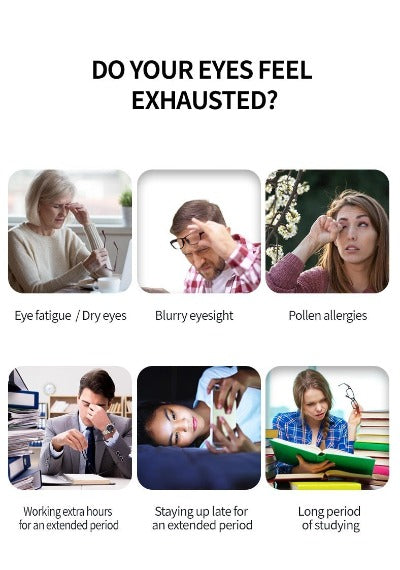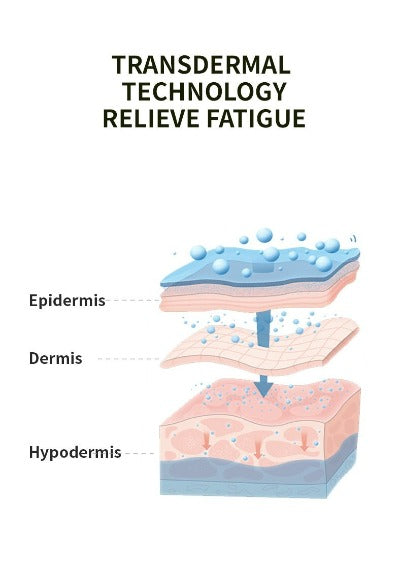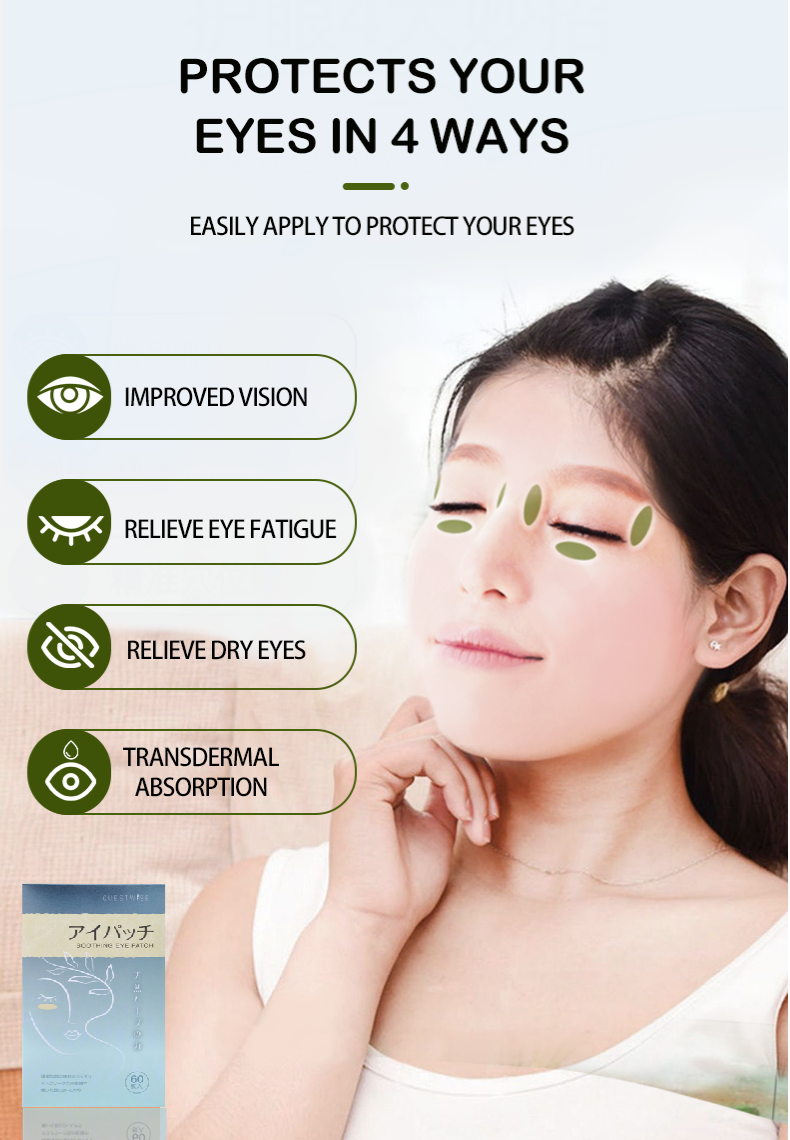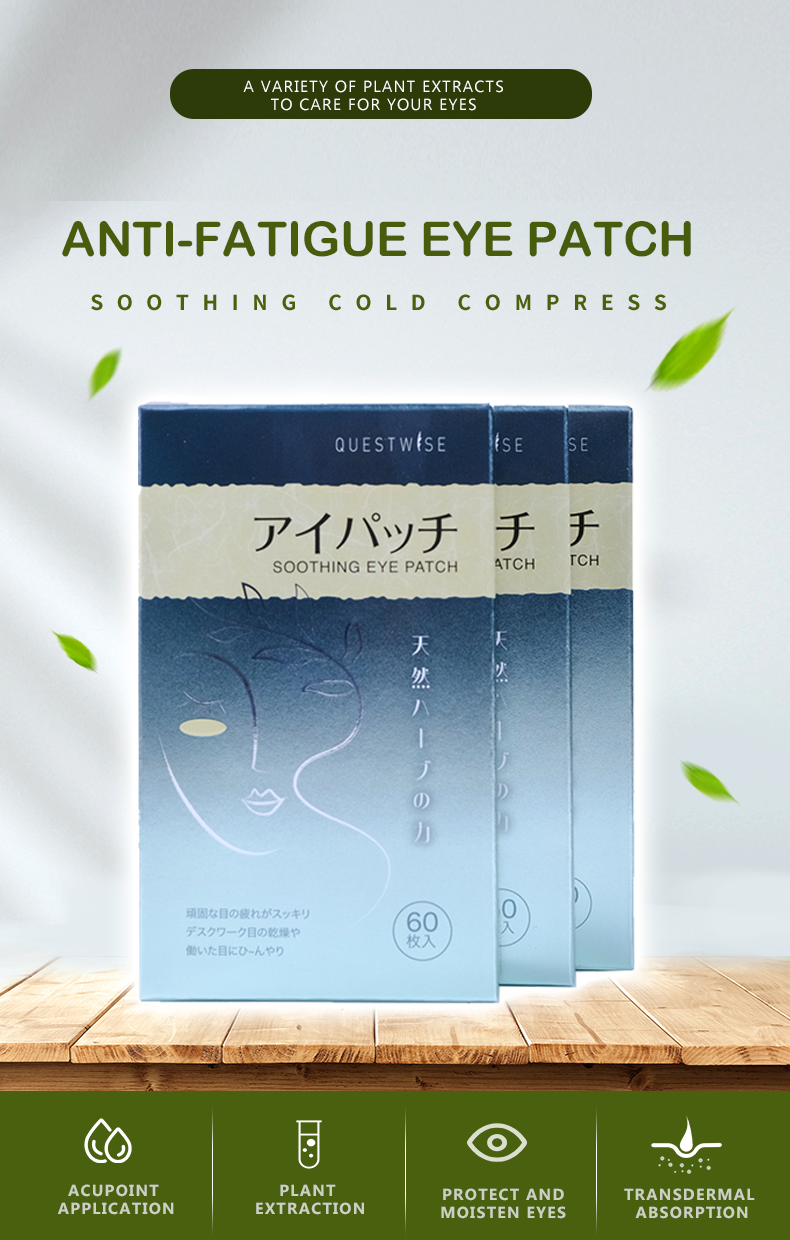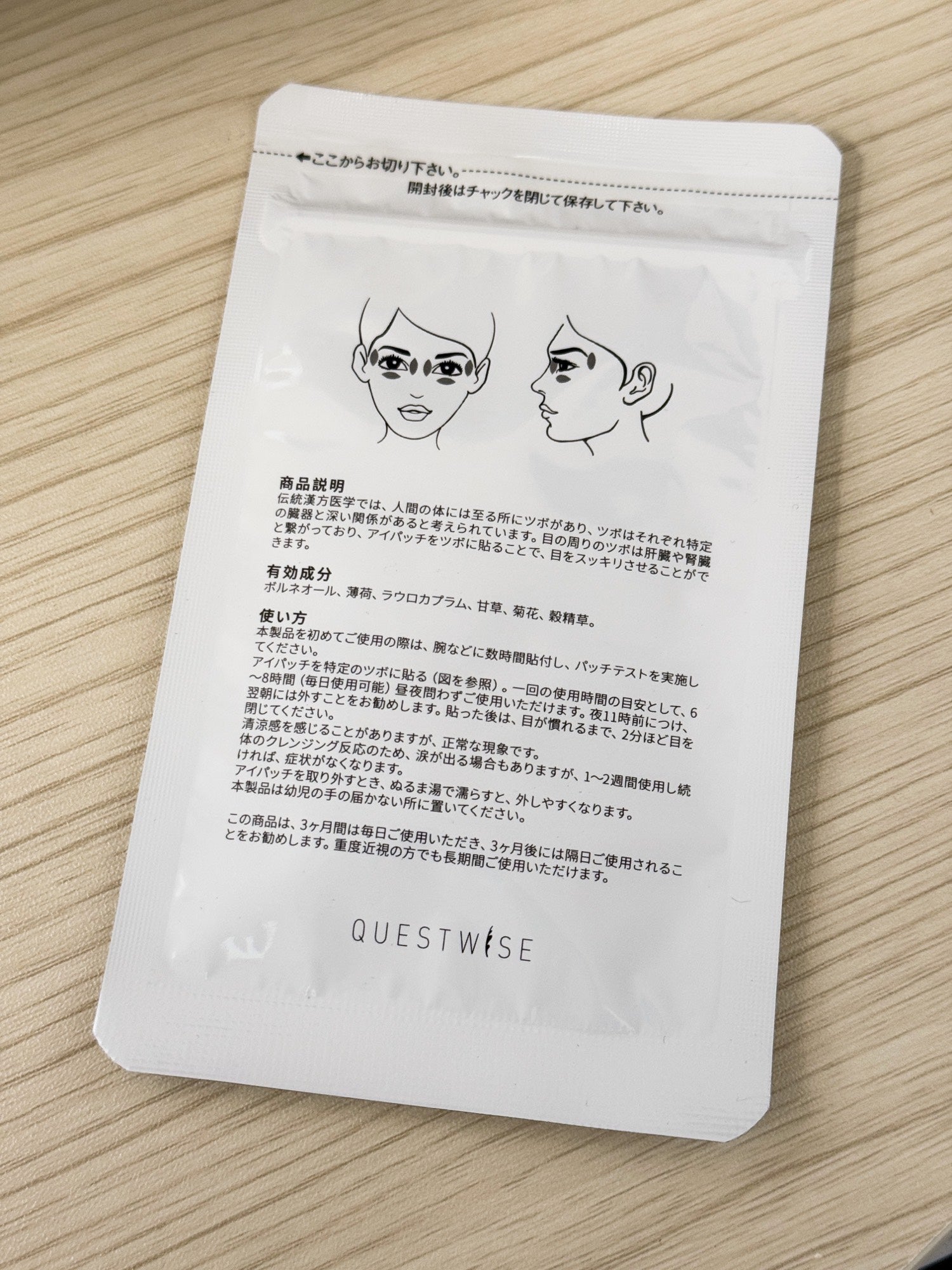The Ubiquitous Screen and the Silent Epidemic of Eye Discomfort
In the year 2025, our lives are inextricably woven with the digital realm. From the moment we awaken, greeted by the glow of our smartphones, to the hours spent tethered to computer screens for work, education, and leisure, our eyes are constantly engaged. This pervasive digital immersion, while offering unparalleled connectivity and productivity, has inadvertently ushered in an era of widespread digital eye strain, often manifesting as the persistent and uncomfortable condition of dry eye syndrome. It's a modern ailment that affects millions, subtly diminishing our visual comfort and potentially impacting our long-term eye health. Understanding the intricate relationship between our digital habits and the health of our eyes is the first crucial step towards effective management and prevention.
Deconstructing Dry Eye Syndrome: More Than Just a Little Discomfort
Dry eye syndrome is a multifactorial condition that occurs when the eyes do not produce enough quality tears to lubricate and nourish themselves. Tears are not merely water; they are a complex mixture of water, oils, and mucus, each playing a vital role in maintaining a healthy tear film. When this delicate balance is disrupted, it can lead to a cascade of uncomfortable symptoms. These often include a persistent gritty or sandy sensation, a burning or stinging feeling, redness, itching, excessive tearing (as the eye tries to compensate for dryness), blurred vision that improves with blinking, and increased sensitivity to light. While genetics, age, environmental factors like arid climates or air conditioning, and certain medical conditions can predispose individuals to dry eyes, the exponential increase in screen time over the past decade has become a significant contributing factor for a vast segment of the population.
The Screen-Eye Connection: How Digital Devices Trigger Dryness
The fundamental culprit behind screen-induced dry eyes lies in our blinking behavior. When engrossed in digital content, our blink rate can decrease by as much as 50-60%. This is a stark contrast to the normal, unconscious blinking that occurs during everyday activities. Each blink is a vital physiological act that sweeps tears across the cornea, replenishing the tear film, removing debris, and delivering essential nutrients and oxygen. With fewer blinks, the tear film evaporates more rapidly, leaving the ocular surface exposed and vulnerable. Furthermore, the prolonged, focused gaze required by digital screens leads to a different type of eye muscle fatigue, often referred to as accommodative spasm, which can also contribute to the sensation of dryness and discomfort. The specific wavelengths of light emitted by screens, particularly blue light, while not directly causing dry eye, can exacerbate visual fatigue and perceived discomfort for some individuals, making the eyes feel even more strained and dry.
Identifying the Red Flags: Symptoms You Shouldn't Ignore
Being attuned to the subtle and not-so-subtle signs of digital eye strain is paramount. Early recognition allows for timely intervention, preventing the escalation of discomfort and potential long-term effects. Common indicators include:
- Persistent eye fatigue, often described as feeling heavy or tired
- A gritty, sandy, or foreign body sensation within the eyes
- Burning, stinging, or itchy eyes
- Redness or inflammation of the conjunctiva (the white part of the eye)
- Blurred vision that fluctuates and may temporarily improve with blinking
- Increased sensitivity to light (photophobia)
- Headaches, often starting in the temples or forehead
- Dryness that feels worse towards the end of the day
- Difficulty maintaining focus on the screen after periods of use
- Neck, shoulder, and upper back pain due to poor posture while using devices
If these symptoms resonate with your daily experience, it's a clear signal that your eyes are struggling to cope with your digital workload.
Proactive Strategies for Ocular Wellness in the Digital Age
The good news is that managing and preventing digital eye strain and dry eyes is achievable through conscious effort and strategic adjustments to your habits and environment. Here’s a detailed breakdown of effective countermeasures:
The Golden Rule: The 20-20-20 Protocol
This widely recommended guideline is your first line of defense. Every 20 minutes you spend gazing at a screen, take a deliberate 20-second break to shift your focus to an object that is at least 20 feet away. This simple act allows your eye muscles to relax their focus, reducing strain. It also provides a brief opportunity to consciously blink, re-moistening the ocular surface.
Mastering the Art of Conscious Blinking
Beyond the 20-20-20 rule, actively cultivate a habit of more frequent and complete blinking throughout your screen usage. Think of it as an intentional reset. Try to ensure your eyelids meet fully with each blink, creating a smoother spread of the tear film. Setting reminders can be helpful initially until it becomes a more ingrained habit.
Optimizing Your Digital Environment
Your screen settings and workstation ergonomics play a significant role. Ensure your monitor brightness is adjusted to complement the ambient lighting of your room – it should not be significantly brighter or dimmer than your surroundings. Increase the font size and contrast on your devices to minimize squinting, which further strains the eyes. Consider utilizing the 'night mode' or blue light filtering features available on most devices, especially during evening hours, as this can reduce the intensity of the blue light spectrum, which some find contributes to eye fatigue.
Ergonomic Excellence for Eye Comfort
The physical setup of your workspace is critical. Position your computer screen approximately an arm's length away, and ensure the top of the screen is at or slightly below eye level. This posture minimizes the need to tilt your head or crane your neck, reducing strain on both your eyes and your musculoskeletal system. Proper lighting, avoiding glare from windows or overhead lights reflecting off your screen, is also essential.
Hydration and Lubrication: The Cornerstones of Tear Health
Internal hydration is paramount. Drinking an adequate amount of water throughout the day supports overall bodily functions, including tear production. When natural lubrication isn't sufficient, over-the-counter artificial tears (lubricating eye drops) can provide immediate relief. It is advisable to opt for preservative-free formulations if you anticipate frequent use, as preservatives can sometimes cause irritation with prolonged application. Consulting with an eye care professional is recommended to select the most appropriate artificial tear product for your specific condition.
The Role of Computer Glasses and Vision Correction
For individuals who wear corrective lenses, specific computer glasses or anti-reflective coatings can be highly beneficial. These lenses are often designed with a slight magnification or specific focal point optimized for computer use, reducing the accommodative effort required by the eyes. Blue light filtering lenses are also an option, though their efficacy in preventing digital eye strain is still a subject of ongoing research. If you wear bifocals or progressive lenses, ensure they are suitable for computer work, as the intermediate vision zone might need adjustment.
The Indispensable Value of Regular Eye Examinations
Underpinning all these preventative measures is the critical importance of regular, comprehensive eye examinations. An eye care professional can accurately diagnose the cause and severity of your dry eyes, rule out other potential underlying eye conditions, and provide tailored treatment plans. This may include prescription eye drops, punctal plugs to conserve tears, or other specialized therapies. Do not hesitate to discuss your digital habits and any related symptoms with your eye doctor; they are your best resource for maintaining optimal eye health.
Conclusion: Reclaiming Your Visual Comfort
The digital revolution, while transforming our world, has undeniably placed new demands on our visual systems. Digital eye strain and the associated dry eyes are not inevitable consequences of modern living, but rather challenges that can be effectively managed. By integrating conscious habits like the 20-20-20 rule, practicing mindful blinking, optimizing your workspace, and seeking professional guidance when needed, you can reclaim your visual comfort and protect your precious eyesight. In 2025, let's make proactive eye care a priority, ensuring that our engagement with the digital world enhances, rather than detracts from, our overall quality of life and well-being.





